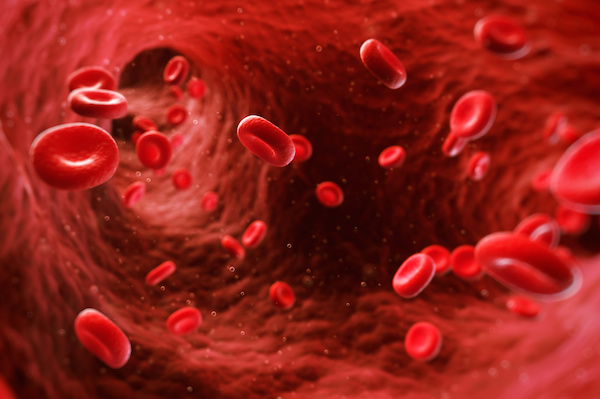What is Thalassemia?
Thalassaemia is a group of inherited conditions that affect haemoglobin (which is used by red blood cells to carry oxygen around the body). People with the condition produce either no or too little haemoglobin. This can make them very anaemic (very tired, weak, pale, short of breath and have heart palpitations). People can also experience delayed growth, osteoporosis and reduced fertility.
There are several types of thalassaemia, which can be divided into alpha and beta thalassaemias. Beta thalassaemia major is the most severe type. Other types include beta thalassaemia intermedia, alpha thalassaemia major and haemoglobin H disease. People who are a "carrier" of thalassaemia, also known as having the thalassaemia trait, do not have any serious health problems themselves, but are at risk of having children with the condition. The carrier frequency of thalassemia trait is 1 in 100 and this varies by ethnic group. Around 7% of the world’s population have an abnormal haemoglobin gene, and more than half a million children are born with it each year. Thalassemia mainly affects people of Mediterranean, South Asian, Southeast Asian and Middle Eastern origin. There are approximately 214,000 healthy carriers and more than 700 people with beta thalassaemia disorders in the UK.

